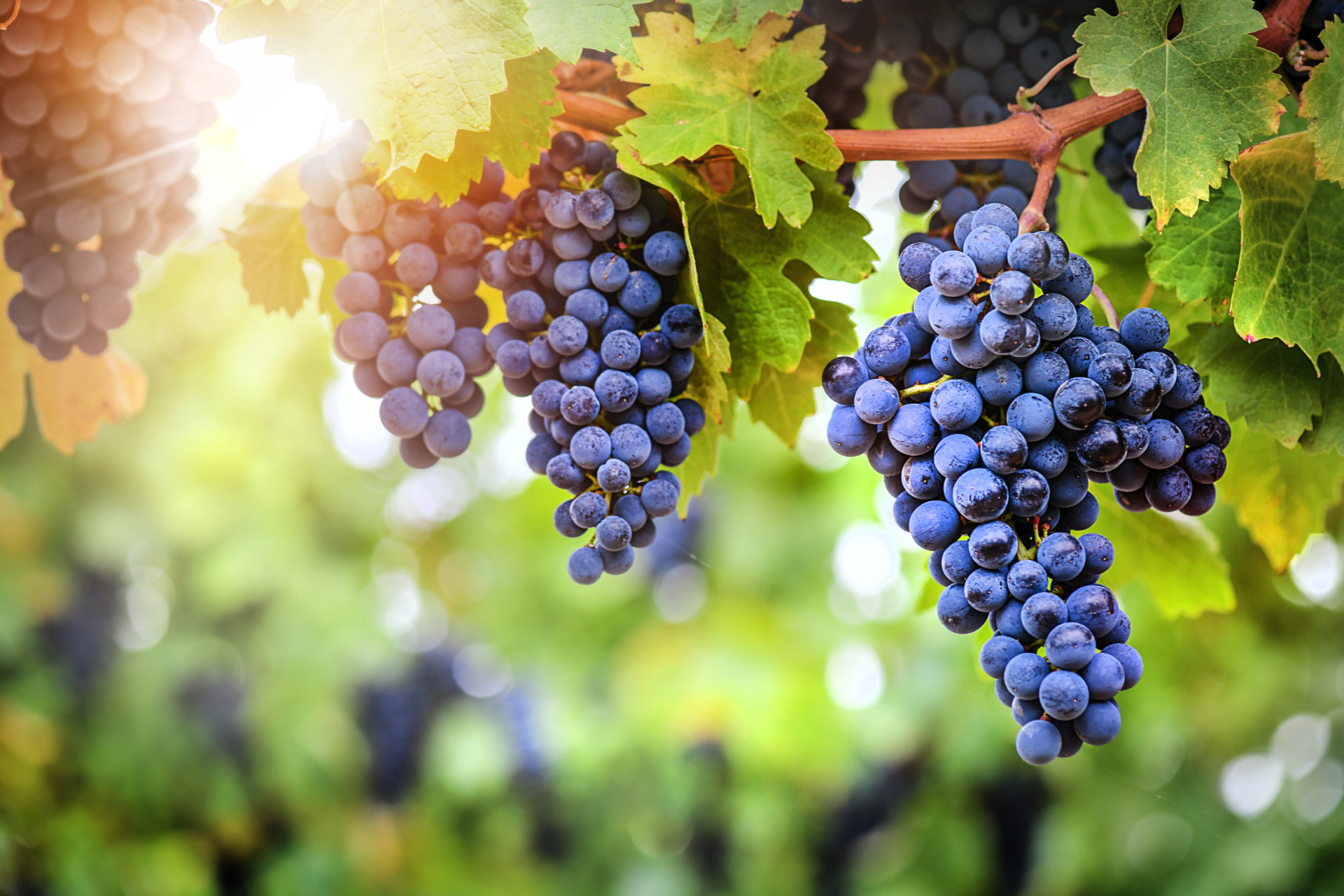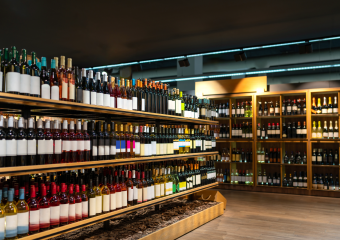Strategic Partnerships: Boosting Growth in Wine Industry
Strategic partnerships in the wine industry have become a pivotal growth strategy for many companies looking to expand their reach and innovate within an increasingly competitive market. By allying with other entities—be it through collaborative marketing efforts, joint ventures, or technological collaborations—businesses can pool resources, expertise, and customer bases. This collaborative approach not only propels brand visibility but also fosters industry-wide innovation and sustainability.
The Impact of Strategic Alliances
Strategic partnerships stand as a cornerstone for building broader business ecosystems in which wine producers can thrive. For instance, alliances with tech companies offer vintners advanced data analytics and cloud-based platforms that enhance yield management and predict market trends with greater accuracy. On the marketing front, partnerships with culinary events and luxury brands can elevate a winery’s brand prestige and amplify its market exposure.
These collaborative efforts extend beyond mere co-branding; they involve integrating supply chain management and technology, which ultimately drives efficiency. For example, smaller vineyards benefit from alliances that provide access to more robust distribution networks owned by larger wine producers. As a result, such synergies allow both smaller and larger businesses to burst into new markets and cater to the demands of an increasingly diverse consumer base.
Advancing Sustainability through Partnerships
One of the most significant areas where strategic partnerships have made a profound impact is in promoting sustainability within the wine industry. Environmental concerns and increasing consumer demand for eco-friendly products urge businesses to reconsider their operational and production methodologies. By joining forces, companies can implement more sustainable practices, such as shared bottling facilities, which reduce the carbon footprint associated with packaging and transport.
For instance, cooperative efforts like the International Wineries for Climate Action (IWCA) see participating companies collaborating to achieve net-zero carbon emissions. Through such entities, wineries share strategies, technologies, and innovations aimed at minimizing environmental impact, which might be too costly or complex for individual companies to undertake alone.
Leveraging Consumer Trends: From Local to Global
Understanding and adapting to consumer trends is another domain where strategic partnerships excel in delivering added value. Consumers today are driven by experiences and authenticity, leading to a surge in popularity for wines that embody local traditions and stories. Partnerships between local vineyards and global distributors can facilitate the global journey of niche products, providing a platform for local wines to reach international markets.
Moreover, strategic alliances with tech firms have enabled wineries to utilize blockchain for transparency in production processes, tracing the journey from vine to bottle. This traceability is increasingly important to consumers who value sustainability and authenticity highly.
Joint Ventures and Research Collaborations
Innovation in wine production techniques and grape cultivation is another area greatly enhanced by joint ventures and research collaborations. Universities and research institutions often partner with vineyards to experiment with new grape varieties adapted to changing climates or to explore innovative farming techniques that conserve water and reduce pesticide use.
For example, a well-known wine producer might collaborate with a genetic research lab to cultivate heartier grape varieties that withstand pests or drought conditions better. These advancements not only ensure the company’s future sustainability but also contribute to the industry’s overall resilience and adaptability.
Conclusion
Strategic partnerships in the wine industry serve as a testament to the power of collaboration over competition. These alliances are crucial for scaling operations, enhancing brand reputation, and addressing the pressing environmental challenges of our times. They also help in tapping into new consumer markets and adapting swiftly to global trends and demands.
As the wine industry continues to evolve, those who choose to embrace strategic partnerships find themselves better positioned to thrive in an interconnected, dynamic market landscape. Thus, the future of wine may very well depend on the bonds forged today, defining the trajectory of growth and innovation in this age-old yet ever-changing industry.





